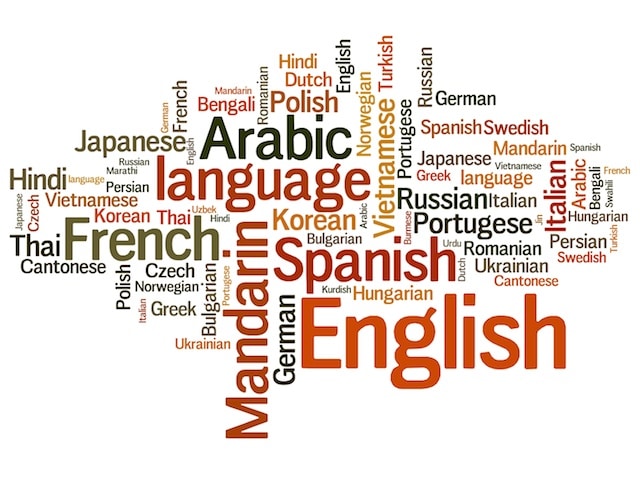TAGALOG LANGUAGE
Understanding The Tagalog Language & Providing Professional Tagalog Interpreters, Translators and Transcriptionists?
American Language Services ? (AML-Global) understands the importance of working in the Tagalog language. For over a Quarter of a Century, American Language Services ? has worked with the Tagalog language as well as hundreds of others from around the world. We offer comprehensive language services 24 hours, 7 days a week worldwide by providing Tagalog interpreting, translation and transcriptions services along with hundreds of other languages and dialects. Our linguists are native speakers and writers who are screened, credentialed, certified, field tested and experienced in a number of specific industry settings. The Tagalog language is unique and has very specific origins and characteristics.?
Tagalog and The Philippines
Tagalog is a language spoken mainly in the Philippines, a country in Southeast Asia with Manila as its capital city. It comprises 7,107 islands in the western Pacific Ocean. The Philippines is the world’s 12th most populous country, with a population of about 90 million people. Philippine culture is a mixture of Eastern, and Western culture. The Hispanic influences in Philippine culture are derived from the culture of Spain, and Mexico. These Hispanic influences are most evident in literature, folk music, folk dance, language, food, art, and religion.[59] Spanish settlers introduced Iberian-Mexican customs, traditions, and cuisines. Philippine cuisine is a mixture of Asian, and European dishes. Philippine tradition exhibits festivities known as Barrio fiestas (district festivals) to commemorate their patron saints. One of the most visible Hispanic legacies is the prevalence of Spanish surnames, and names among Filipinos. This peculiarity, unique among the people of Asia, came as a result of a colonial decree, the Claver?a edict, for the systematic distribution of family names, and implementation of the Spanish naming system on the inhabitants of the Philippine Islands. A Spanish name, and surname among the majority of Filipinos does not always denote Spanish ancestry.?
Stress and the Tagalong Language
Stress is phonemic in Tagalog. Primary stress occurs on either the last or the next-to-the-last (penultimate) syllable of a word. Vowel lengthening accompanies primary or secondary stress except when stress occurs at the end of a word. Stress on words is highly important, since it differentiates words with the same spellings, but with different meanings, e.g.?
Tagalog Writing System
Tagalog was written in an abugida called Baybayin prior to the arrival of the Spaniards in the 16th century. This particular writing system was composed of symbols representing three vowels and 14 consonants. Belonging to the Brahmic family of scripts, it shares similarities with the Old Kawi script of Java and is believed to be descended from the script used by the Bugis in Sulawesi.?
Who are You Going to Trust with Your Vital Tagalog Language Needs?
The Tagalog language is an important language worldwide. It is vital to understand the general nature and specific idiosyncrasies of Tagalog. Since 1985, AML-Global has provided outstanding Tagalog interpreters, translators and transcriptionsts worldwide.
























